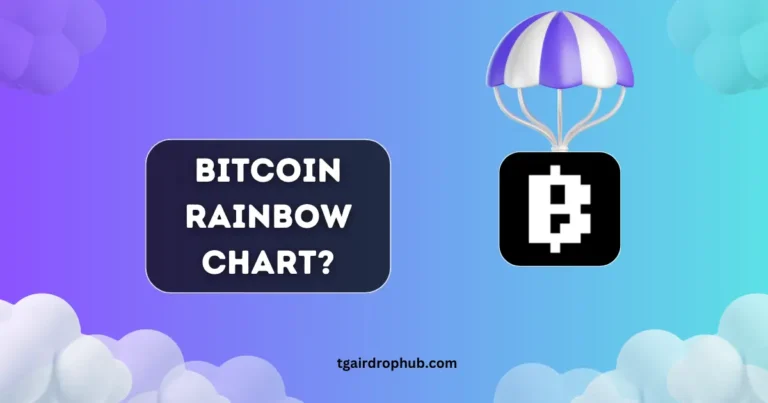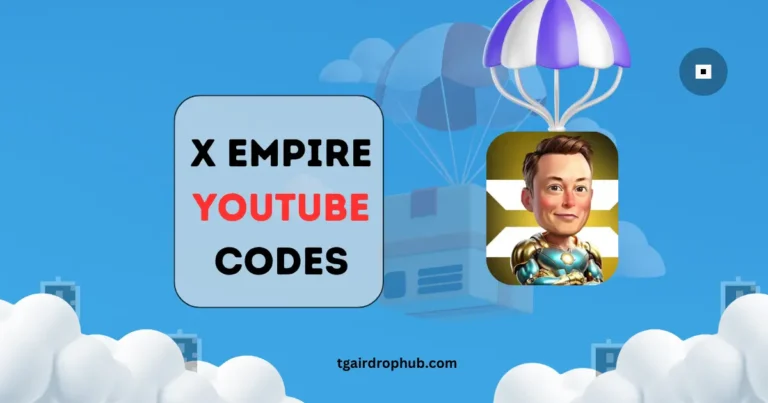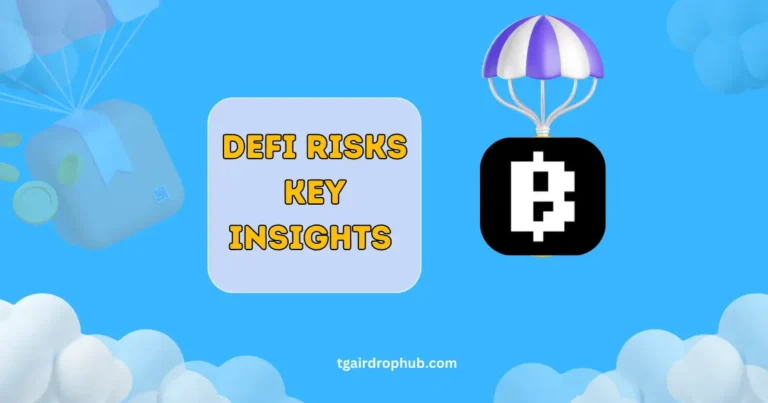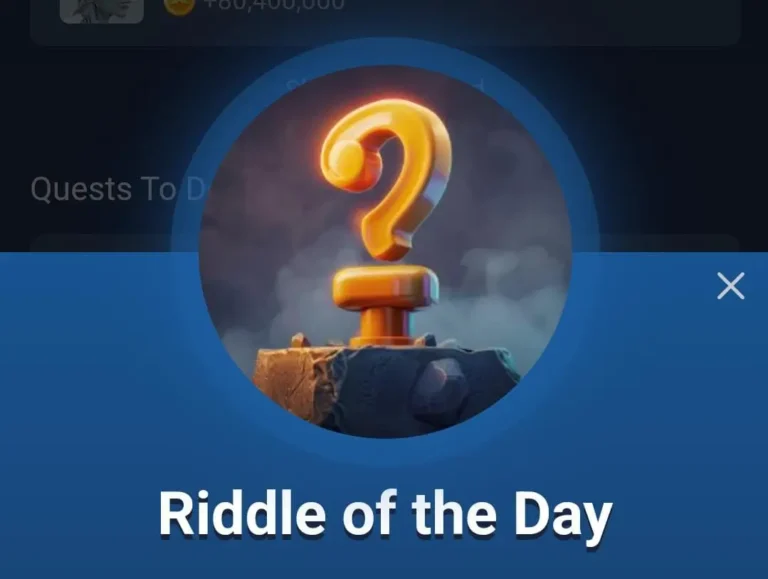Blum Task Answer: DeFi Explained
Are you diving into the Blum task, “DeFi Explained”? If you’re on a quest to find the right answer, you’re in the right place! We’re here to provide you with the answer you need to complete the task and earn your rewards without any hassle.
Blum Task Answer
| Task | Answer |
|---|---|
| DeFi Explained | BLUMFORCE |
What is DeFi?
Decentralized Finance, or DeFi, refers to a financial system built on blockchain technology that allows individuals to engage in financial activities without needing traditional intermediaries like banks. With DeFi, users can lend, borrow, trade, and earn interest directly through smart contracts, fostering a decentralized and accessible financial ecosystem.
Why is DeFi Important?
DeFi is reshaping finance for several key reasons:
- Accessibility: DeFi opens financial services to anyone with internet access, allowing underserved communities to participate.
- Transparency: Transactions are recorded on the blockchain, ensuring an open and auditable system.
- Control: Users have complete control over their assets, eliminating reliance on middlemen.
- Innovation: DeFi introduces new financial instruments and opportunities, such as flash loans and automated liquidity pools.
How Does DeFi Work?
DeFi operates through decentralized applications (dApps) powered by smart contracts, which automate financial transactions. Common services include:
- Lending & Borrowing: Users can lend assets to earn interest or borrow assets against collateral.
- Decentralized Exchanges (DEXs): These allow users to trade cryptocurrencies directly with one another.
- Yield Farming & Staking: Users can provide liquidity and earn rewards while participating in the network.
- Stablecoins: Cryptocurrencies pegged to stable assets help reduce volatility for users.
Blum’s Task: DeFi Explained
By completing the “DeFi Explained” task with the answer BLUMFORCE, you not only gain insight into DeFi but also understand its significance in modern finance. This task helps you explore key components like dApps and smart contracts, the operational mechanics of DeFi platforms, and the associated risks and rewards.
The Benefits of DeFi
The growth of DeFi presents numerous advantages:
- Financial Inclusion: Anyone can access financial services, breaking geographical and economic barriers.
- Higher Yields: Users can often earn more interest on their deposits than traditional banks offer.
- No Middlemen: Automated processes reduce fees and enhance transaction speed.
- Flexibility: Users can easily move assets and participate in various DeFi activities.
Risks in DeFi
While DeFi offers remarkable opportunities, users should be mindful of risks:
- Smart Contract Vulnerabilities: Flaws in code can result in lost funds.
- Market Volatility: Price swings can affect the value of assets.
- Impermanent Loss: This can occur when providing liquidity, potentially leading to losses.
Real-World Examples of DeFi Projects
Some popular DeFi projects include:
- Aave: A platform for decentralized lending and borrowing, allowing users to earn interest or take loans.
- Uniswap: A DEX for seamless cryptocurrency swaps without traditional exchanges.
- Compound: A lending and borrowing service that lets users earn interest on their deposits.
These projects highlight the practical applications of DeFi in revolutionizing finance.
Conclusion: Embrace the Power of DeFi with Blum
DeFi is not just a trend; it’s a revolutionary shift in finance, offering decentralized, transparent, and accessible services. The “DeFi Explained” task in Blum provides essential insights into this financial system.
By completing the task with the answer BLUMFORCE, you will deepen your understanding of DeFi and enhance your ability to engage with these transformative financial opportunities.
Dive into the world of DeFi with Blum, and take control of your financial future today!





